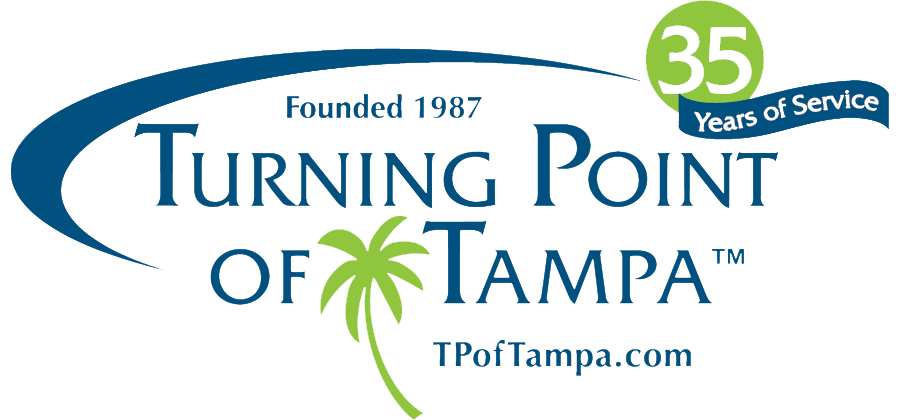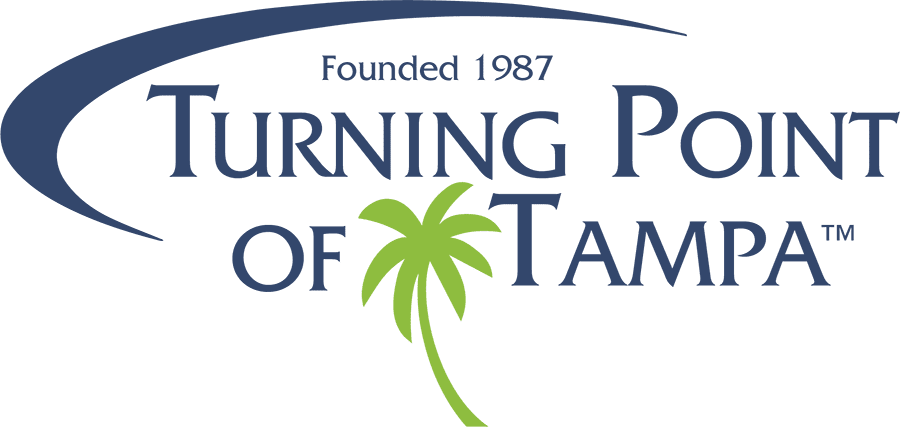This is the first in a four-part series on the stages of addiction treatment and recovery. In the coming weeks, we’ll explore the full range of recovery so you have a better understanding of what to expect when you seek treatment for addiction and substance use.
When we experience pleasure, the reward system of our brain increases “feel good” chemicals like dopamine throughout the body. Higher levels of dopamine increase our sense of well-being, motivation, concentration, and even euphoria.
Although the body naturally increases dopamine in response to a positive experience, drugs and alcohol trigger unnaturally high levels of the chemical, creating an intense response. The intensity of this “high” quickly reinforces the compulsion to repeat the experience.
As an individual continues their use of addictive substances, their brain requires increasingly higher levels to achieve the desired effect. This is called tolerance and indicates a physical dependence on the addictive substance in order to feel good. Once that physical dependence takes hold, when the individual stops using drugs or alcohol, they experience withdrawal symptoms as the body fights to regain its natural balance.
How does detoxification affect your body?
The first step in physically recovering from an alcohol or substance use disorder is cleansing the body of the toxic substance. This process is known as detoxification or detox. The withdrawal process usually begins within a few hours after the last use of a substance and can take several days to several weeks to resolve.
Detox is a critical component of treatment because true recovery from addiction cannot begin until the body is fully free of addictive substances.
Withdrawal symptoms experienced during detox can range from mild to severe and can be life-threatening. For the safest, and most comfortable, detox experience, medical supervision is critical.
Medical professionals can prescribe certain medications to reduce and manage withdrawal symptoms. Prescribed medications may be used to reduce anxiety, lessen withdrawal symptoms and stop tremors and seizures.
The severity of withdrawal symptoms and the duration of detox varies for each person and is impacted by factors such as the method, length, and consistency of substance use; the amount typically consumed at one time; genetics; co-occurring disorders; and underlying medical conditions.
Common withdrawal symptoms
Withdrawal symptoms are similar whether the addictive substance is a drug or alcohol, and may include:
- Anxiety and irritability
- Depression
- Nausea and vomiting
- Sweating and chills
- Muscle pain
- Shaking or tremors
- Fatigue
- Insomnia
- Sensitivity to sound, light, and touch
- High blood pressure and heart rate
- Racing or irregular heartbeat
- Hallucinations
- Seizures
- Delirium Tremens (DTs)
Many of these withdrawal symptoms can have serious, even deadly, consequences. Seizures are an especially dangerous side effect of withdrawal, as they can lead to coma, permanent brain damage or death.
DTs are experienced by a small percentage of those undergoing detoxification, usually from alcohol, and can be life-threatening. It’s vital that those exhibiting DTs be continuously monitored by health professionals.
Don’t be afraid of detox
Don’t let fear of the detox process and withdrawal symptoms stop you from beginning your recovery journey. Seek support from medical professionals and addiction specialists, who will provide a supportive environment while they keep you safe and help ease your withdrawal symptoms.
Once detox is complete, you are ready to continue the path to long-term recovery. Research has shown the highest chances for success include a combination of individual, group, and family counseling, regular attendance at 12-step or other support group meetings, learning to manage triggers and stress and instituting healthy life changes.
Turning Point of Tampa’s goal is to always provide a safe environment and a solid foundation in 12-Step recovery, in tandem with quality individual therapy and groups. We have been offering Licensed Residential Treatment for Addiction, Eating Disorders and Dual Diagnosis in Tampa since 1987.


